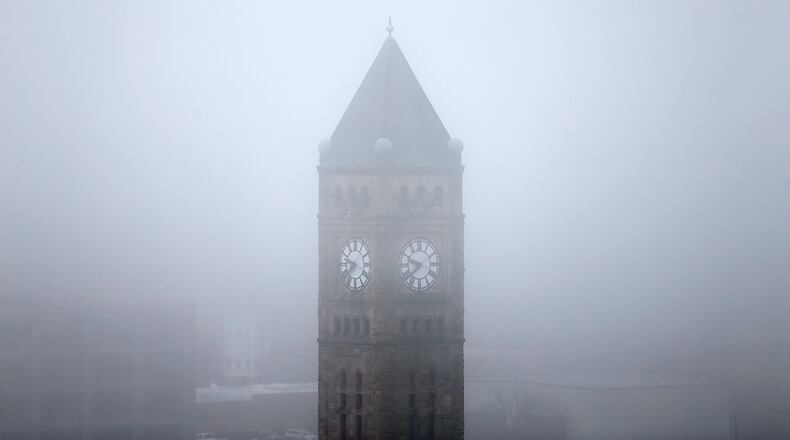DOWNLOAD OUR FREE MOBILE APPS FOR THE LATEST BREAKING NEWS AND WEATHER
For meteorologists, the switch to daylight-saving time means a later arrival of key weather data, including weather models used to create forecasts. While I enjoy the sun setting later personally, it does make my job a bit more complicated.
Around the globe, weather balloons are launched at midnight and noon universal time, or Greenwich, London, United Kingdom, time. All of the data is then gathered into ingested into computer model simulations that then generate weather forecast data that meteorologists use for local forecasting. Because Greenwich doesn’t follow daylight-saving time, the data is then “delayed” an hour to all meteorologists living in areas that do follow DST. So now when I want to stay up late at night to check out what the latest models are showing on a snow storm or severe weather outbreak, I have to stay up to 2 a.m. for the data instead of 1 a.m. But being a weather geek such as I am, I’ll do it anyway.
In case you are curious, time was kept locally in the United States until 1883, when railroad companies established the time zones. Daylight-saving time began in Europe during World War I as an effort to save energy. It was adopted by the United States in 1918 but repealed the following year after strong objections from farmers, who preferred having more light in the morning, not in the evening.
Some areas, like New York City and the state of Massachusetts, decided to keep it, opening up an inconsistent approach to timekeeping. But Congress split the difference in 1966 and set the rule as six months of standard time and six months of daylight-saving time. It was adjusted in 2007, and is now observed between the middle of March and the beginning of November — except in Arizona and Hawaii, which have opted out.
Some states in New England are trying to stay on daylight-saving time throughout the year. The states have not coordinated, but in New Hampshire, Rhode Island and Maine have proposals to join Atlantic Standard Time, which would mean that, for about four months out of the year, some New England states would be an hour ahead of the rest of the Eastern time zone.
Last year, Massachusetts created a commission to study the question. Experts say the plan seems unlikely to come to fruition. Even if state legislatures passed these bills — and, so far, only New Hampshire’s House has — it would require either a regulatory action by the federal Department of Transportation, or an act of Congress.
So now we start to get used to daylight-saving time. And just like we’ve done for years now, as soon as we finally get used to it, it will be time to change the clocks again. So tell me what you think on my Facebook page. Do you like our current system of when we change our clocks? Or would you prefer to stay on daylight-saving time all year around? Just look for Chief Meteorologist Eric Elwell on Facebook and share your thoughts.
Eric Elwell is WHIO StormCenter 7 Chief Meteorologist. Contact him at eric.elwell@coxinc.com or follow him on Facebook and Twitter.
About the Author
